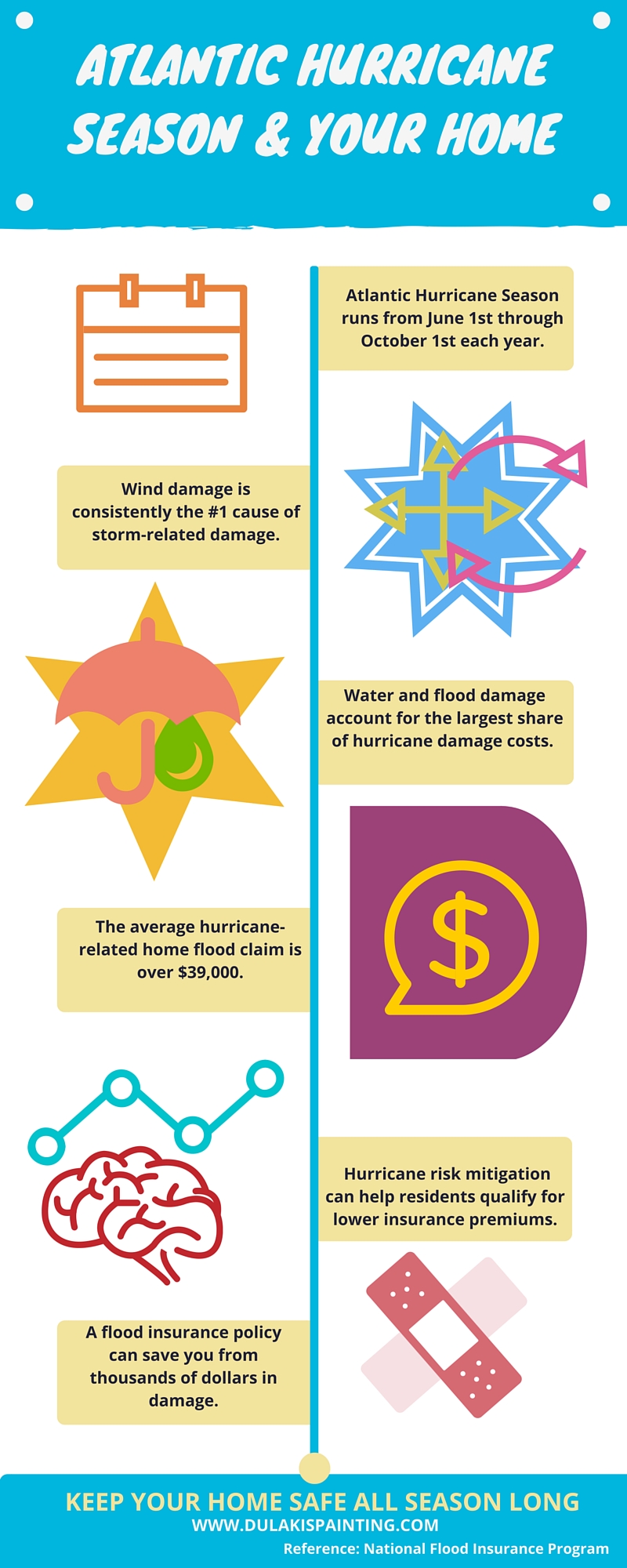Examine The Function Of Seasonal Factors In The Success Of Business Outside Painting And Reveal The Most Effective Times To Protect Enduring Outcomes For Your Project
Examine The Function Of Seasonal Factors In The Success Of Business Outside Painting And Reveal The Most Effective Times To Protect Enduring Outcomes For Your Project
Blog Article
Web Content By-Burnham Decker
When you're intending an industrial exterior paint task, seasonal factors can make or damage your outcomes. You'll want to consider how temperature level and humidity influence paint application and drying times. Selecting the right season can ensure your paint sticks appropriately and lasts longer. Yet which seasons are genuinely the most effective for this kind of work? Allow's check out the key elements that can influence your job's success.
The Impact of Temperature Level on Paint Application
When you're intending a business outside paint project, the temperature level can considerably impact exactly how well the paint adheres and dries.
Preferably, you intend to paint when temperatures vary between 50 ° F and 85 ° F. If it's as well chilly, the paint may not cure properly, leading to issues like peeling off or breaking.
On the other hand, if it's as well warm, the paint can dry out too swiftly, stopping appropriate adhesion and resulting in an irregular surface.
You ought to likewise consider the time of day; morning or late afternoon offers cooler temperatures, which can be extra desirable.
Always examine the supplier's referrals for the details paint you're using, as they commonly supply support on the perfect temperature range for optimal results.
Moisture and Its Result on Drying Times
Temperature isn't the only ecological aspect that influences your commercial outside paint project; humidity plays a significant duty also. High moisture degrees can reduce drying times dramatically, impacting the total high quality of your paint task.
When the air is saturated with moisture, the paint takes longer to cure, which can bring about concerns like bad attachment and a higher threat of mildew growth. If https://danteairah.wizzardsblog.com/35507147/property-owners-review-their-most-successful-approaches-to-working-with-painting-contractors on an especially damp day, be planned for prolonged wait times in between layers.
https://winknews.com/2023/03/15/cape-coral-senior-home-resident-paints-mural-for-memory-care-unit/ to monitor regional weather conditions and plan appropriately. Preferably, go for humidity degrees in between 40% and 70% for optimal drying out.
Keeping these consider mind ensures your project remains on track and supplies a lasting surface.
Best Seasons for Commercial Exterior Paint Projects
What's the best season for your industrial exterior paint projects?
Spring and very early loss are usually your best choices. Throughout these periods, temperatures are mild, and moisture levels are often reduced, producing optimal problems for paint application and drying out.
Avoid summer's intense heat, which can trigger paint to completely dry also quickly, causing poor bond and coating. In a similar way, wintertime's cool temperature levels can prevent correct drying out and healing, taking the chance of the long life of your paint job.
Go for days with temperatures in between 50 ° F and 85 ° F for optimum results. Bear in mind to examine the local weather report for rainfall, as damp conditions can spoil your task.
Planning around these variables ensures your paint project runs efficiently and lasts much longer.
Conclusion
Finally, planning your industrial exterior paint tasks around seasonal considerations can make a significant distinction in the outcome. By organizing work during the perfect temperature levels and humidity degrees, you'll ensure much better attachment and drying out times. Remember to watch on local weather forecasts and pick the right time of year-- spring and early autumn are your best choices. Taking these actions will help you accomplish a durable and professional finish that lasts.
